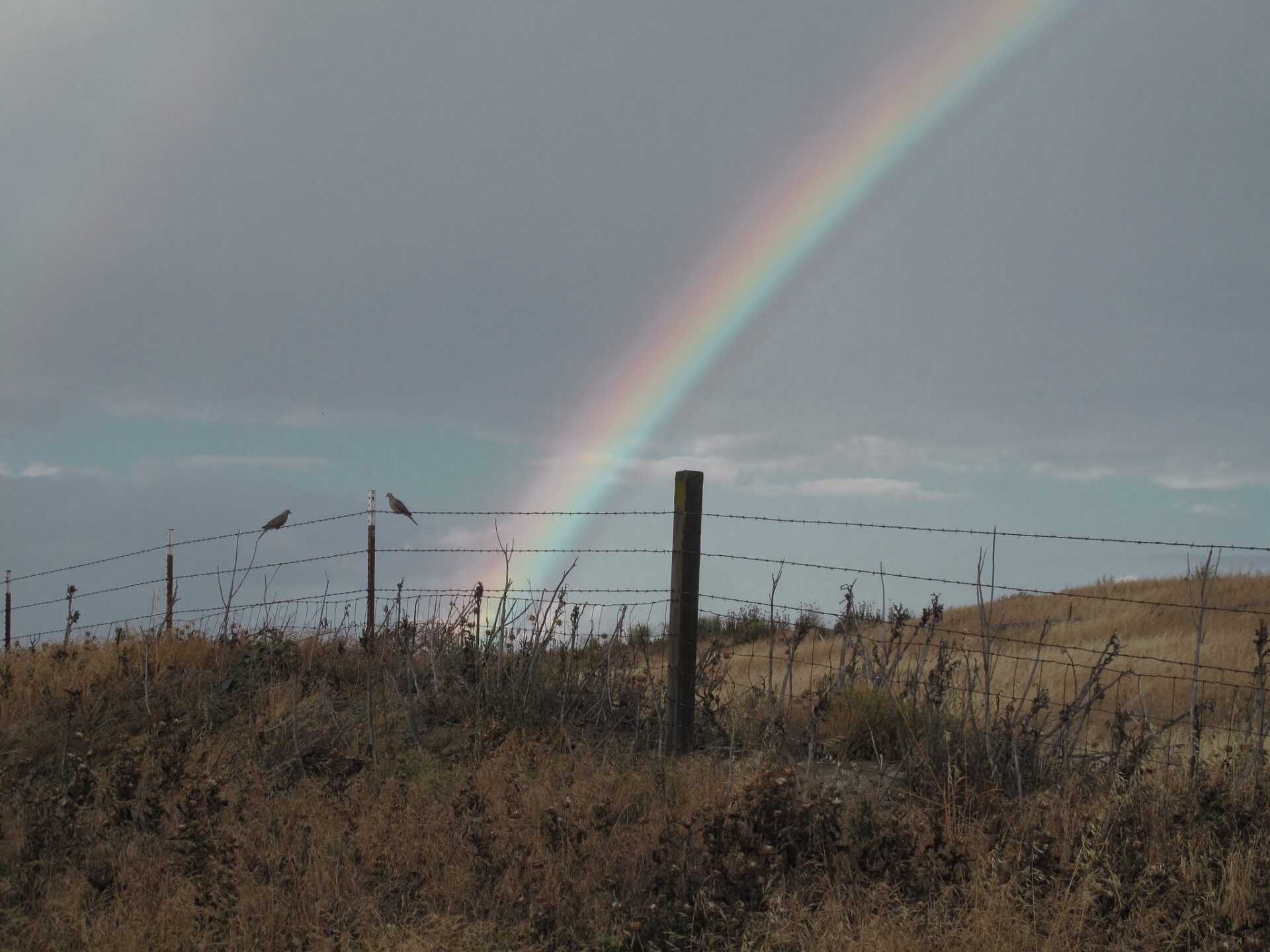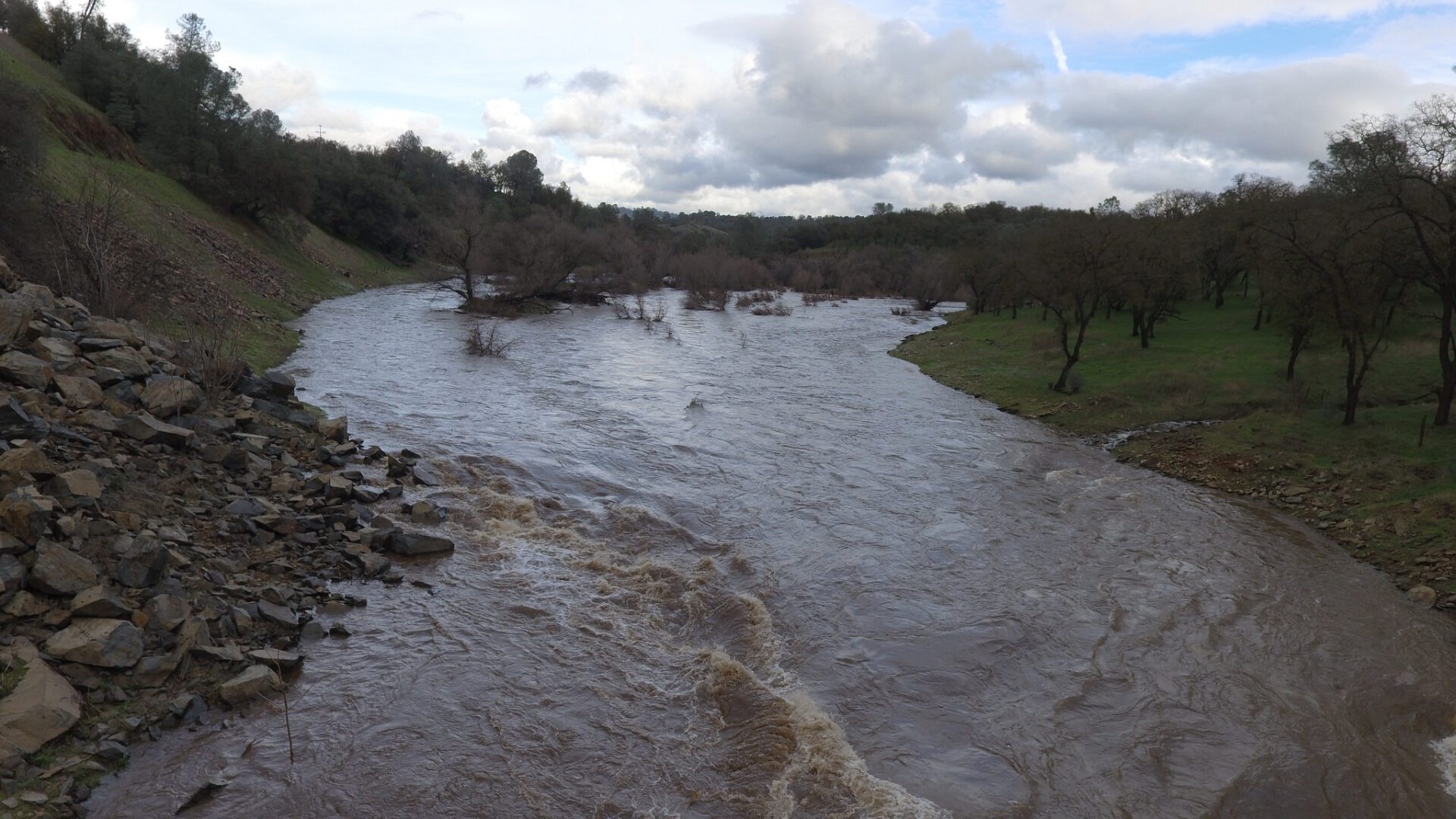Wednesday March 22, 2017
Today is World Water Day, so we thought it was a fitting time to highlight the importance of water is to us all. The rivers we study begin from tiny droplets flowing across the surface of the ground: rain and snowmelt accumulate into clear and turbulent headwaters that carve the landscape down to bedrock canyons. Below the foothills, channels pool into floodplains and meander through marshes, seeping into the soil to recharge groundwater aquifers. Eventually the rivers fan out, thick with sediment deposits, and meet the ocean tide at nutrient-rich estuaries. While students are taught a simplified water cycle of evaporation and precipitation in school, it becomes much more complex to follow when we consider all that paths that water can take to get from clouds to the ocean and back again, and how all these paths are intertwined.
California’s highly modified water infrastructure means that a given water drop takes a different pathway today than it may have historically, but rivers are still the life source for all plants and animals living within a watershed. Permanent residents, like people and trees, rely on snowmelt and groundwater year-round to survive. Migratory species of fish, birds, and reptiles match their lifestyles and behaviors with the water fluctuations of the seasons. Plants use water to make sugar, which ultimately supports the whole food chain. Water moves through all living things before it makes its way back into the clouds. Every time we use water, the cycle is altered in some way for everyone else downstream.

Our need to manage waterways for adequate storage and flood control has affected water quality, flows, and stream configuration, and as a result most rivers are now controlled more by humans than by nature. But we are learning more about how California’s native species evolved to survive our dynamic climate. For instance, Central Valley fall-run Chinook salmon took advantage of the natural variance in river flow that occurred during the spring and fall and created habitat for juvenile fish, while they relied on snowpack from the Sierras to survive the sweltering heat of the summer (Zeug et al. 2014). Replacing a once-diverse habitat with uniform channels and flows has limited opportunities for juvenile salmon to survive their outmigration to the ocean because the environment we’ve created is too perilous and lacks adequate refuge.
With this year’s deluge of long- awaited precipitation, rivers are swelling with high flows and our reservoirs are replenished. However, this fresh water is limited in quantity, and we must find a way to balance its use for all who will depend on it during the next long, hot summer or dry spell. California’s long-term drought has strained this balance even more, and has led us to reexamine our options for times of water scarcity. While droughts are a regular occurrence in California, climate uncertainty, population growth, and plant and animal die-offs shake the balance of our delicate water cycle. Understanding connections between the water cycle and wildlife can help us restore lost linkages and weather future changes in the environment.

